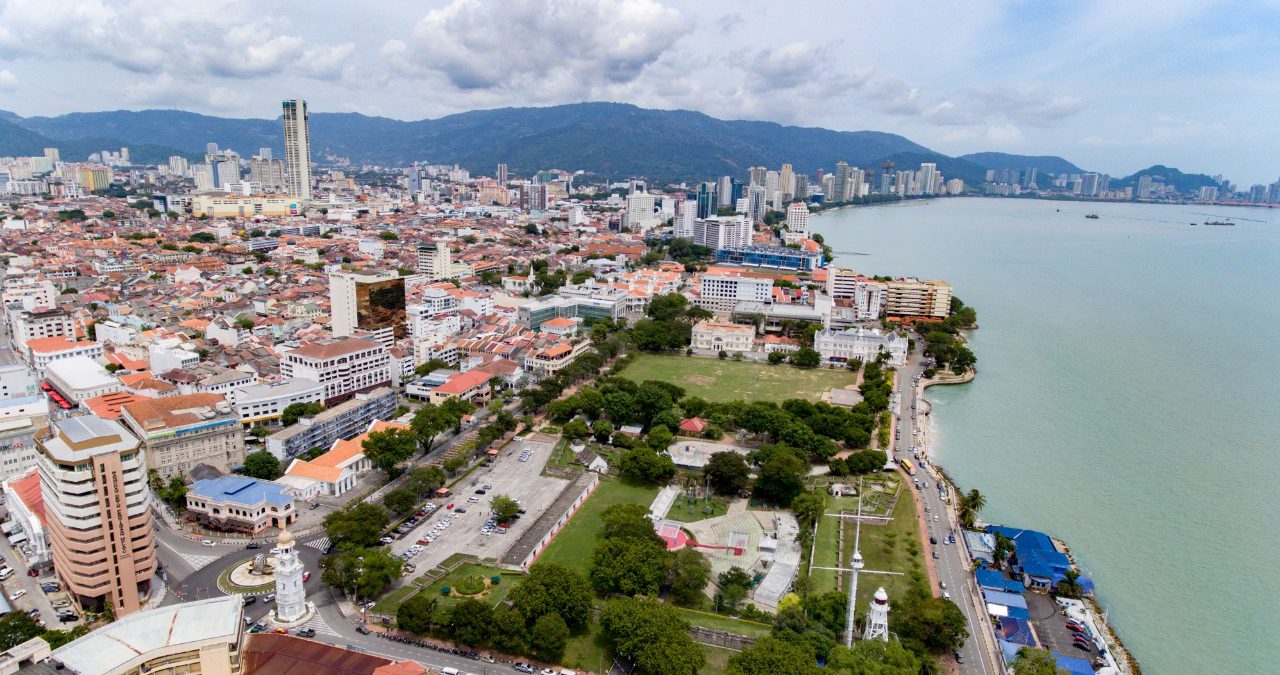
Keep up with our latest news and projects!

Arriving by land and sea, thousands of tourists flock to Penang’s century-old jetties every day. Since the island’s capital George Town was listed by UNESCO as a World Heritage Site in 2008, the number of visitors to the multicultural town has soared, but with the influx of tourists also come other challenges: gentrification, depopulation and dilapidating heritage. A tailored management structure was kicked into place to ensure the town’s liveability while preserving the outstanding universal values (OUV’s) that put George Town on the World Heritage List.
In 2009, a year after the listing, the government installed a dedicated agency to manage the heritage site: George Town World Heritage Inc. charged with rules, regulations, education, awareness monitoring and supervision of renovation works.
In addition, The Federal Government allocated RM20 million to preserve and protect the listing of the George Town World Heritage Site, sparking the birth of Think City, a social purpose organisation set up to oversee the urban rejuvenation of the city — a subsidiary of Khazanah Nasional Berhad (the investment arm of the Malaysian government).
As a neutral body, and apolitical organisation, Think City was able to fill the gaps, connecting the public, private and community sectors, with a two-pronged strategy to work both bottom-up and top-down initiatives at the same time.
Operating in a city where 85% of the buildings were in private hands and 75% of the businesses were tenants, the strategy was to start at the bottom. To empower and incentivise the local community, Think City introduced the George Town Grants Programme, disbursing over 200 grants worth $4 million. The programme has since yielded over 100 projects, from the renovation of the copper dome of a mosque to the set-up of a revolving fund for a row of 10 shophouses.
Beyond physical impact, the projects catalysed support in the community. Capacity building, cultural mapping and content creation formed the backbone of the process. Understanding the history, common ground, building local intelligence, local knowledge and even local networks formed the foundation for George Town’s future planning trajectory.
Five years later, the collective experience led to more top-down policies and strategic projects. Learning from their experience with the community, the organisation shifted from a tactical crowd-sourced approach to a more evidence-based strategic approach. Supported by the Aga Khan Trust for Culture (AKTC), Think City worked closely with Plan Malaysia at the federal level, George Town World Heritage Inc. at the state level, and the Penang Island City Council at the local council level, to embark on a Strategic Master Plan. This also led to the implementation of the George Town Conservation Development Corporation (GTCDC), a tripartite partnership established in 2015 between the Penang State Government’s Chief Minister’s Incorporated, Think City and AKTC. In collaboration with the City Council, the GTCDC implemented strategic projects to mitigate the effects of gentrification, develop strategies to repopulate the historic core area, and drive large-scale master planning in George Town’s Northern and Eastern Seafronts. Interventions targeted three main areas:
The Strategic Masterplan was significant in instigating operational projects that proved to be transformative for George Town. These projects not only set the benchmark for conservation work in an area of heritage significance, and demonstrated how to design commercial development with sensitivity to its natural and cultural surroundings, but also convincingly showed how to include participatory processes in the preservation of monuments. Examples include:
Investing in quality public spaces and upgrading the public realm has become very important in George Town where, due to the rise of tourism, many spaces have become commercialised. It is essential, therefore, to have places that are inclusive, accessible and which help to circulate crowds while connecting different locations. Different layers of wayfinding and heritage interpretation are also key components of this.
Programming is equally important. More than just for the branding of the heritage city, it is about using festivals, activities and events as tools to have the community participate and feel like they belong to the city.
Culture is also fluid in George Town. This increases the intricacy of managing a heritage site and requires delicately managing the cultural identity of the place at a time when the purpose and demographics of the place are changing. Understanding the perceived identities of the people living there and taking care of cultural sensitivities is specifically important for these multi-layered, multicultural and multigenerational communities that embrace a plethora of different values and perceptions of place.
Cultural Mapping has been a tool that has helped strengthen the sense of ownership and sense of place. For Think City this has not been a one-off exercise; urban regeneration in a heritage site requires continuous cultural mapping, constant comparisons and frequent tuning-in with residents, shopkeepers and property owners to regularly refresh the understanding of place.
Lessons Learned